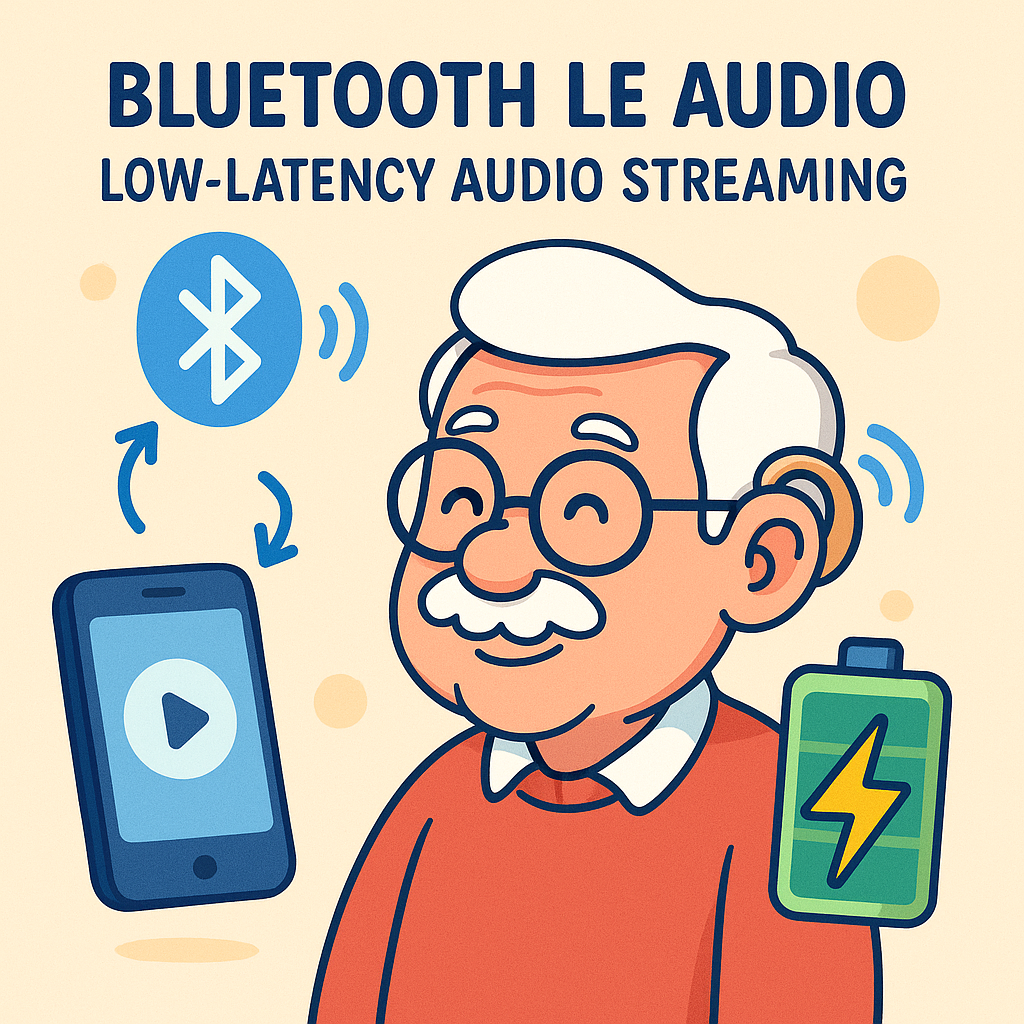Understanding Bluetooth LE Audio in Hearing Aids
Bluetooth Low Energy (LE) Audio represents a significant leap in wireless audio technology, particularly for hearing aids. Traditionally, Bluetooth audio has been burdened by latency issues and battery drain, two critical factors that can severely impact the user experience for individuals who rely on hearing aids. As we dive into the engineering aspects of implementing Bluetooth LE Audio, we must consider not only the hardware and firmware challenges but also the algorithms and real-world design trade-offs that shape these devices.
Low-Latency Audio Streaming: The Challenge
For hearing aids, low-latency audio streaming is paramount. Users expect real-time audio processing, as any delay can disrupt communication and lead to frustration. Traditional Bluetooth audio protocols often introduce noticeable latencies, primarily due to the way audio packets are processed and transmitted. This is exacerbated in environments with multiple audio sources, where the need for swift switching becomes critical.
Engineering Solutions: The Role of LC3 Codec
Bluetooth LE Audio leverages the Low Complexity Communication Codec (LC3), designed to provide superior audio quality at lower bit rates. The LC3 codec not only enhances audio fidelity but also reduces latency by optimizing how audio data is encoded and transmitted. This is crucial when considering the limited processing power and battery capacity of hearing aids.
One of the key design decisions in implementing LC3 involves balancing audio quality with power consumption. By allowing flexibility in bit rate configuration, hearing aids can adapt the codec settings based on the environment—prioritizing battery life in quieter settings or audio quality in noisy environments. This adaptability is a game-changer for user experience.
Battery Efficiency: A Dual-Edged Sword
Battery life is a constant concern in hearing aid design. With Bluetooth LE Audio, efficiency extends beyond just the codec. The underlying hardware, including the choice of chipsets and power management strategies, plays a vital role. Modern System-on-Chip (SoC) solutions, like those from Qualcomm and Nordic Semiconductor, integrate advanced power management features that allow components to enter low-power states when not in use.
However, integrating these features is not without its hurdles. Firmware must be meticulously crafted to ensure seamless transitions between active and low-power states, all while maintaining a robust connection. A poorly optimized firmware can lead to unexpected dropouts or increased latency, undermining the very benefits Bluetooth LE Audio aims to provide.
Real-World Design Trade-offs
In practical terms, the implementation of Bluetooth LE Audio in hearing aids requires a deep understanding of user environments. For instance, while it’s tempting to maximize audio fidelity and minimize latency, doing so can lead to increased power consumption. Engineers must judiciously choose which features to prioritize based on user feedback and real-world testing.
Consider the decision to implement multi-stream audio capabilities. While this allows for richer audio experiences, it demands more from the device’s processing capabilities and battery. A real-world scenario might involve a user in a crowded restaurant, where multiple audio streams provide a clearer experience. However, this can significantly drain the battery, necessitating careful planning around energy harvesting options, such as using rechargeable batteries and optimizing battery chemistry.
Algorithms for Adaptive Streaming
To address the challenges of varying environments, adaptive streaming algorithms are essential. These algorithms analyze audio input and environmental conditions, dynamically adjusting parameters such as codec settings and audio routing. For example, a hearing aid might need to increase the gain in a noisy environment, while also ensuring that latency remains low. Developing these algorithms involves extensive testing and refinement to ensure they work seamlessly across diverse scenarios.
User-Centric Design: The Key to Success
Ultimately, the success of implementing Bluetooth LE Audio in hearing aids hinges on user-centric design. Engineers must engage with users to understand their needs and challenges. This feedback loop is crucial in making informed design decisions that balance technical capabilities with real-life usability. With Bluetooth LE Audio, the goal is not merely to integrate a new technology, but to enhance the auditory experience for those who depend on hearing aids. This holistic approach is what will drive innovation and adoption in the coming years.



